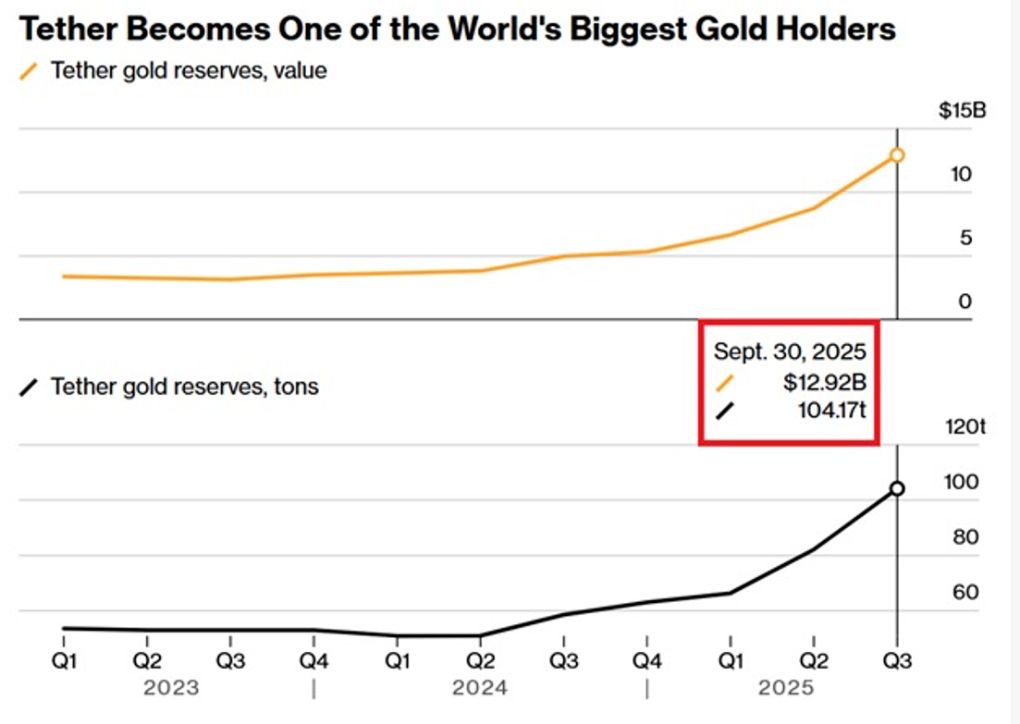New Bitcoin Whales Are Fueling Market Volatility | Weekly Whale Watch
New Bitcoin whales realized $228 million in losses this month, triggering volatility and keeping prices capped below $111,000, CryptoQuant data shows.
Bitcoin is back to $105,900 after the Israel-Iran ceasefire on Tuesday. However, sudden panic and FUD from newer Bitcoin whales are increasingly fueling volatility for the largest cryptocurrency.
CryptoQuant highlights large realized losses by new whales as a key driver. These investors have sold Bitcoin aggressively under pressure, amplifying market downturns.
How New Whales Drive Bitcoin’s Recent Price Swings
Since mid-June, Bitcoin has fluctuated widely. It started June near $107,000, rose above $110,000, and plunged below $100,000.
Between June 14 and June 22, whales realized approximately $228 million in Bitcoin losses, according to CryptoQuant analyst JA Maartunn. A significant spike occurred on June 17, with $95 million in losses in a single day.
Most of these losses—nearly $85 million—came from new whales, compared to only $8.2 million from older whale investors.
Another notable spike appeared on June 22, totaling $51 million, more evenly split between new and old whales.
 Bitcoin Whales Realized Profits. Source: CryptoQuant
Bitcoin Whales Realized Profits. Source: CryptoQuant
New whales, who recently entered at higher price levels, appear more prone to panic selling amid geopolitical tensions. Their rapid exits intensify price swings and reinforce resistance at critical levels, particularly near $111,000.
Exchange Whale Ratio Shows Selling Pressure
Further supporting this trend, CryptoQuant’s Exchange Whale Ratio remained elevated through much of June.
This indicator is a measure of whale activity on exchanges. A high ratio indicates whales actively depositing Bitcoin to exchanges, typically ahead of selling.
Data shows this ratio rising around Bitcoin’s attempts to break above $110,000. Whales appeared to prepare sell orders at this level, limiting potential upward momentum.
The ratio briefly fell as Bitcoin dipped below $102,000, then climbed again when prices rebounded toward $105,900.
 Bitcoin Exchange Whale Ratio. Source:
CryptoQuant
Bitcoin Exchange Whale Ratio. Source:
CryptoQuant
This activity suggests whales continuously manage risk, creating selling pressure and market uncertainty.
Geopolitical Uncertainty Amplifies Whale Anxiety
Recent geopolitical events—including the Israel-Iran war and subsequent ceasefire announcement—have increased market nervousness.
Newer whale investors seem especially sensitive, reacting quickly to negative headlines.
Such rapid selling triggers further volatility. Leveraged traders face margin calls, amplifying price declines and hindering sustained upward momentum.
To sustain a breakout above the key $111,000 level, analysts say whale selling must ease. Lower realized losses and reduced exchange inflows would indicate improved market confidence.
Disclaimer: The content of this article solely reflects the author's opinion and does not represent the platform in any capacity. This article is not intended to serve as a reference for making investment decisions.
You may also like
Coinpedia Digest: This Week’s Crypto News Highlights | 29th November, 2025
QNT Price Breaks Falling Wedge: Can the Bullish Structure Push Toward $150?

Digital dollar hoards gold, Tether's vault is astonishing!

The Crypto Bloodbath Stalls: Is a Bottom In?

